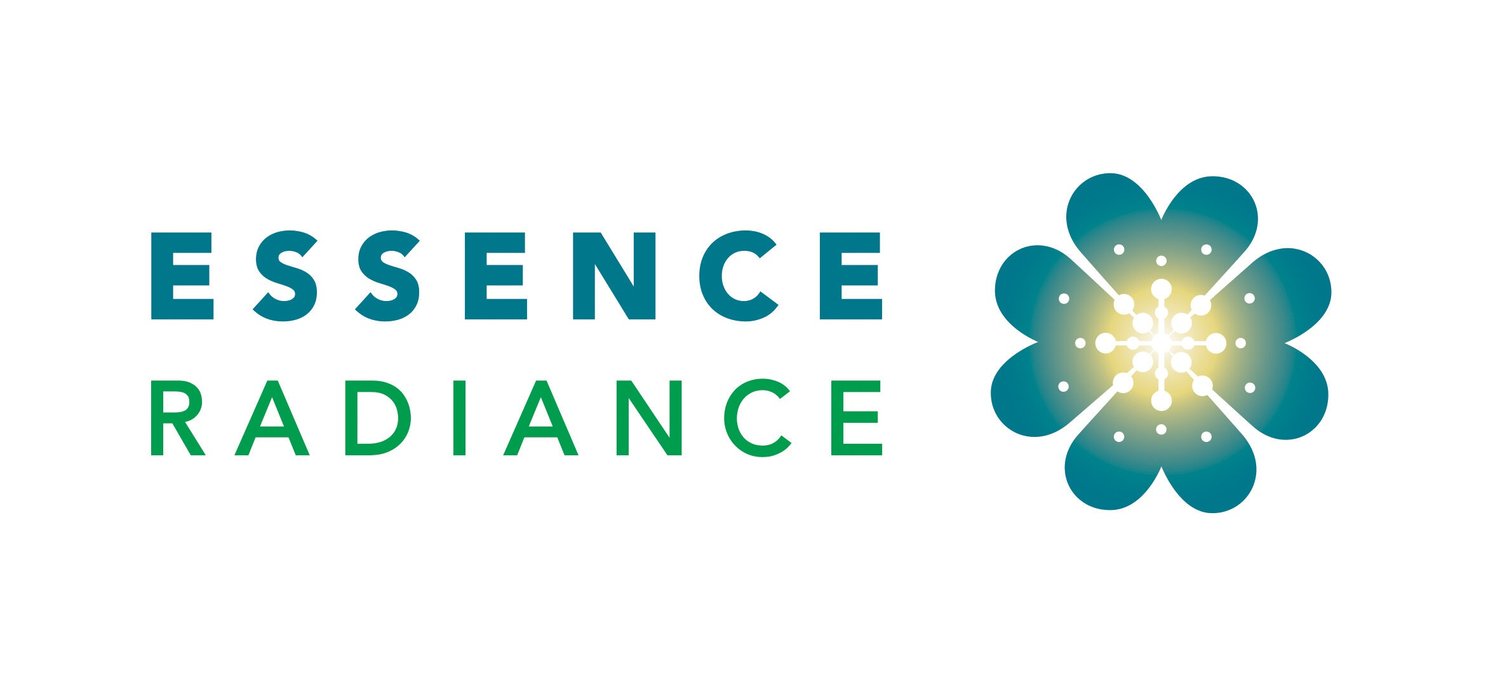RHYTHMIC MOVEMENT TRAINING
RMT is a reflex integation programme based on movements and other activities that replicate our earliest movement patterns to establish, strengthen or retrain the foundations of posture, central nervous system maturity, vestibular function, sensory processing, memory, learning, emotions and behaviour.
Movement is essential for the development of the nervous system. At birth, neural connections between the different areas of the brain are minimal. As the infant moves and experiences the world he/she creates, strengthens and myelinates neural networks. Primitive reflexes are an important basis of infant movement. These reflexes are only meant to stay active and present during the first few months after birth and gradually diminish their influence as neural connections in the brain develop and the infant begins to develop control of posture and movement.
OBJECTIVES
RMT uses movements and activities to integrate the reflexes, build neural pathways, and create postural foundations which lay the important foundations for:
Focus and concentration
Comprehensiona nd organisation
Coordination and rhythm
Emotional regulation
BACKGROUND
Rhythmic Movement Training (RMTi) originated in Sweden in the 1970s when a self-taught therapist, Kerstin Linde, used the observational skills she developed as a photographer to devise a series of movements based on what infants naturally do in the first months after birth. These movements start as uncoordinated activities and transition to coordinated smooth movements that are rhymical in nature. Harold Blomberg, a Swedish psychiatrist and Moira Dempsey, a teacher and kinesiologist, went on to expand the connection of the movements with the primitive reflexes and establish a framework for reflex integration.
What to Expect:
RMT involves:
Pre-Assessment - performing a number of exercises to observe the body and muscle-test for body stress with the movement (indicating whether a reflex is retained)
Movement - muscle-testing is used to determine which movement can be used to integrate the reflex and the movement is carried out with the assistance of the therapist
Post-Assessment - the assessment exercises are carried out again to observe change and improvement
Home Support - a plan for continuing the exercises for a period of time is determined
WHO IS IT FOR?
While children with learning, sensory, emotional and behavioural challenges benefit immensely from RMT, you’d be surprised as to how retained reflexes may be impacting your adult life. I’ve seen many clients enjoy blessed relief from reflex integration - as it can be the ‘missing piece of the puzzle’ in terms of restoring and improving issues with underlying anxiety, hyper-sensitivity, emotional disregulation and any manner of nervous system issues.


